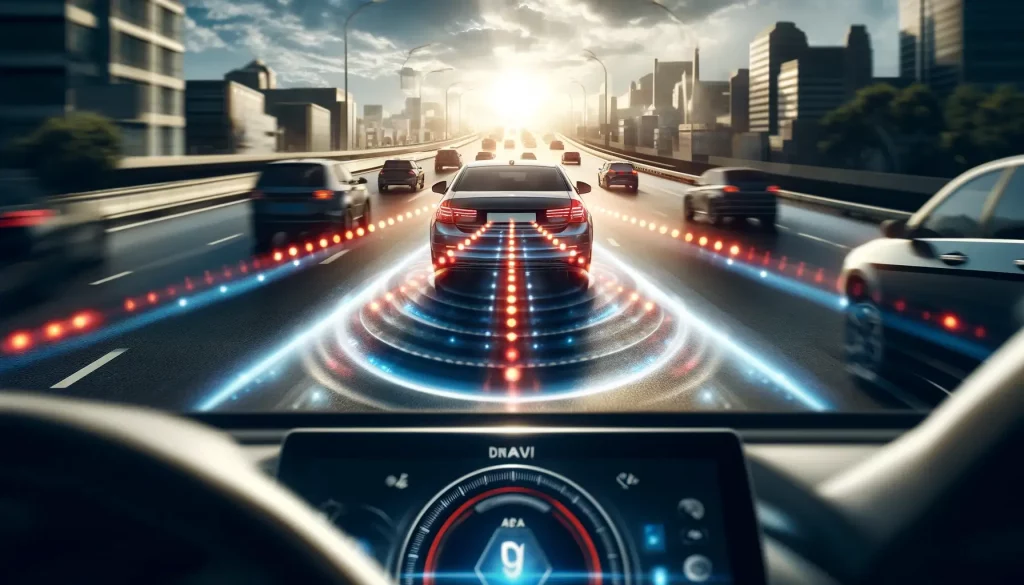Imagine yourself driving on a breezy day, the landscape around you blurring into a pleasant backdrop as your favorite tune fills the car. Suddenly, traffic ahead comes to an unexpected halt. Before your mind even registers the threat, your car automatically slows down and comes to a safe stop, thanks to its built-in automatic emergency braking (AEB) system.
This scenario will soon be a common reality, as the U.S. government has made it mandatory for all new passenger vehicles to include this life-saving technology. Announced by the National Highway Traffic Safety Administration (NHTSA), this landmark regulation marks a significant advancement in vehicle safety, aiming to drastically reduce the number of traffic-related fatalities and injuries each year.
This move, the most consequential safety regulation in decades, promises to reduce the alarming number of traffic fatalities and injuries that plague U.S. roads each year. With around 40,000 lives lost annually in traffic incidents, the urgency for advanced preventative technologies like AEB has never been more acute. Transportation Secretary Pete Buttigieg, confronting a stark reality, highlights the necessity of this innovation amidst what he describes as a “crisis in roadway deaths.”

U.S. Mandates Automatic Emergency Braking in New Cars (PDF)
The Specifics of the New AEB Mandate
The recent ruling mandates that all new passenger cars under 10,000 pounds must incorporate comprehensive safety features, including automatic emergency braking, forward collision warnings, and pedestrian detection systems.
These enhancements empower vehicles to autonomously halt before colliding with another vehicle at speeds of up to 62 miles per hour, and to initiate braking automatically at speeds up to 90 miles per hour if a collision is imminent. The systems are also required to recognize pedestrians and avoid collisions at speeds ranging from 31 to 40 miles per hour, effective both day and night.
Setting the Bar High
What sets this mandate apart is its rigor. Previous voluntary agreements between automakers and the government did not specify performance standards, which led to inconsistencies in the effectiveness of AEB systems. Now, NHTSA will implement strict performance criteria and conduct random tests to ensure compliance. Notably, the regulation does not dictate the type of sensors—like cameras or radar—that manufacturers must use, allowing flexibility in achieving these safety benchmarks.
However, incorporating such technology isn’t without costs. The NHTSA estimates an annual increase of $354 million, translating to an additional $82 per vehicle. Yet, the benefits, according to Buttigieg, are indisputable—saving 362 lives, preventing approximately 24,000 injuries, and reducing billions in property damage each year.
Critiques and Future Directions
Despite the regulation’s potential, some critics argue that it falls short by not including standards for detecting cyclists or individuals on scooters. The oversight could leave these vulnerable road users at risk, pointing to the need for ongoing enhancements in AEB technology.
The industry has a window of more than five years to adapt, aligning these technological upgrades with normal vehicle model updates. This timeline is designed to give manufacturers sufficient time to refine their systems without stifling innovation or imposing undue burdens.
As we look toward a future where road safety is significantly enhanced by technology, it’s clear that AEB will play a pivotal role. But as transformative as these changes might be, they prompt a critical question: Are we ready to embrace a new era of driving where technology takes the wheel to keep us safe?





